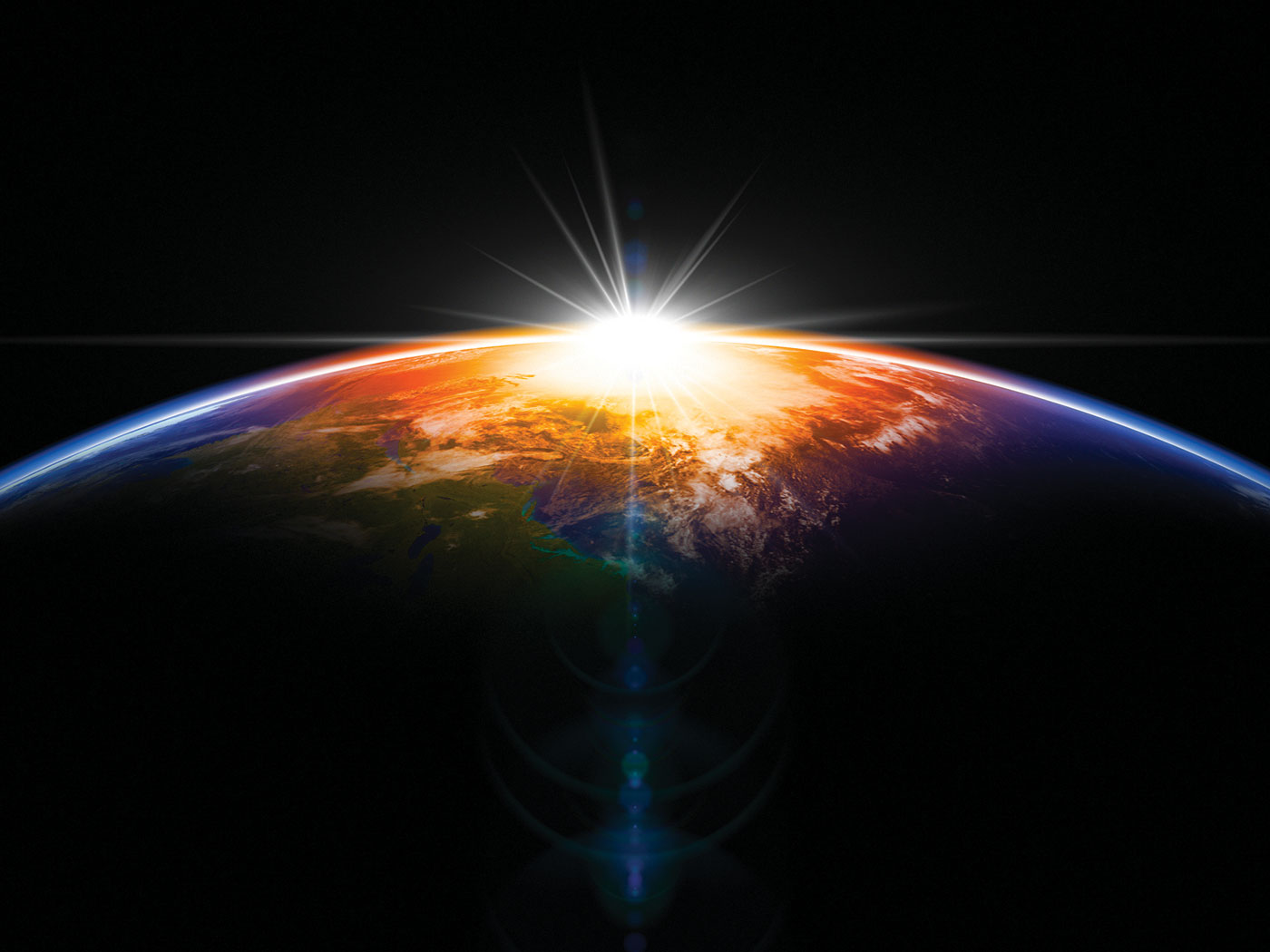The first two installments of this series described the purpose and strategy of ICR’s life sciences research and highlighted the key origins questions we’re trying to answer—the how, where, why, when, and from whom different species originated, as well as why species go extinct.1 The third article began to report our progress on answering these questions for humans.2 This installment further describes our success on this front.
Genetics is our main scientific tool for investigating human origins. Practically, our purpose is to demonstrate that human ancestry traces back to a single couple—Adam and Eve—not to a group of ape-like creatures. Based on the biblical record, we also expect to find evidence that mankind essentially “re-started” from four couples (Noah, his wife, their three sons, and their wives) near Mt. Ararat about 4,350 years ago.
Dr. Jeffrey Tomkins has done tremendous work in demonstrating that a profound genetic gap exists between us and the great apes—900 million DNA letter differences and an entire chromosome separate us from our supposed evolutionary cousin, the chimpanzee.3,4
Dr. Tomkins also refuted another prevalent argument for human-chimpanzee common ancestry based on supposed genetic mistakes. Segments of the human genome contain pseudogenes—sections of DNA assumed to be broken and useless. Humans and chimps contain some of the same pseudogenes that, according to evolutionists, must mean that they both copied these error-ridden sequences from a common ancestor.5 However, Dr. Tomkins has demonstrated that one of the evolutionists’ favorite examples of a shared pseudogene is actually a functional DNA sequence.6 As our research progresses, more examples of supposed shared mistakes are likely to fall and further shatter the evolutionary model. In summary, little genetic evidence exists that ties our genealogical heritage to the primates.7
However, evolutionary arguments against the Genesis account of human origins are not limited to human-primate comparisons. Lately, evolutionists have been using the genetic differences among modern humans to try and chip away at the biblical claim that humanity originated from two people in the recent past.8
Nevertheless, the trajectory of scientific progress is not in the evolutionists’ favor. They have postulated for many years that, based on the geography of the fossil record, humans first evolved in Africa. Modern genetic evidence indicates that Africans have more genetic diversity than non-Africans,9 a finding that evolutionists see as consistent with their original proposal. However, no one has actually measured the rate of DNA mutations in Africans, and preliminary studies suggest that a higher rate of change rather than an earlier time of origin is the explanation for their greater diversity.10
Other genetic aspects of human origins are discrediting the evolutionary model and falling in line with the biblical account. For example, in non-Africans the rate of DNA change has been measured in a subset of DNA termed mitochondrial DNA, and these data point toward a recent origin of the human race—within the last 6,000 to 10,000 years.11 In the rest of the human DNA sequence (e.g., the nuclear DNA), the spectrum of DNA variety points toward a recent origin of humanity from two people whom God created with innate genetic differences.12 The evolutionary model isn’t squaring with the facts—but Genesis is.
Our research on the origin of non-human species is just as encouraging. Look for our next installment!
Click here to read “Purpose, Progress, and Promise, Part 1.” Click here for Part 2. Click here for Part 3.
Click here to read “Purpose, Progress, and Promise, Part 5.”
References
- Jeanson, N. T. 2014. Purpose, Progress, and Promise, Part 1. Acts & Facts. 43 (10): 13; Jeanson, N. T. 2014. Purpose, Progress, and Promise, Part 2. Acts & Facts. 43 (11): 9.
- Jeanson, N. T. 2014. Purpose, Progress, and Promise, Part 3. Acts & Facts. 43 (12): 9.
- Tomkins, J. 2013. Comprehensive Analysis of Chimpanzee and Human Chromosomes Reveals Average DNA Similarity of 70%. Answers Research Journal. 6: 63-69.
- Bergman, J. and J. Tomkins. 2011. The chromosome 2 fusion model of human evolution—part 1: re-evaluating the evidence. Journal of Creation. 25 (2): 106-110; Tomkins, J. and J. Bergman. 2011. The chromosome 2 fusion model of human evolution—part 2: re-analysis of the genomic data. Journal of Creation. 25 (2): 111-117; Tomkins, J. 2013. Alleged Human Chromosome 2 “Fusion Site” Encodes an Active DNA Binding Domain Inside a Complex and Highly Expressed Gene—Negating Fusion. Answers Research Journal. 6: 367-375.
- Jeanson, N. T. 2011. Human-Chimp Genetic Similarity: Do Shared “Mistakes” Prove Common Ancestry? Acts & Facts. 40 (9): 6.
- Tomkins, J. P. 2013. The Human Beta-Globin Pseudogene Is Non-Variable and Functional. Answers Research Journal. 6: 293-302.
- Jeanson, N. T. 2014. Darwin vs. Genetics: Surprises and Snags in the Science of Common Ancestry. Acts & Facts. 43 (9): 8-11.
- Venema, D. R. 2010. Genesis and the Genome: Genomics Evidence for Human-Ape Common Ancestry and Ancestral Hominid Population Sizes. Perspectives on Science and Christian Faith. 62 (3): 166-178.
- Ingman, M. et al. 2000. Mitochondrial genome variation and the origin of modern humans. Nature. 408 (6813): 708-713.
- Hinch, A. G. et al. 2011. The landscape of recombination in African Americans. Nature. 476 (7359): 170-175.
- Jeanson, N. T. 2013. Recent, Functionally Diverse Origin for Mitochondrial Genes from ~2700 Metazoan Species. Answers Research Journal. 6: 467-501.
- Carter, R. W. The Non-Mythical Adam and Eve! Refuting errors by Francis Collins and BioLogos. Creation Ministries International. Posted on creation.com August 20, 2011, accessed September 9, 2014.
* Dr. Jeanson is Deputy Director for Life Sciences Research and received his Ph.D. in cell and developmental biology from Harvard University.




















